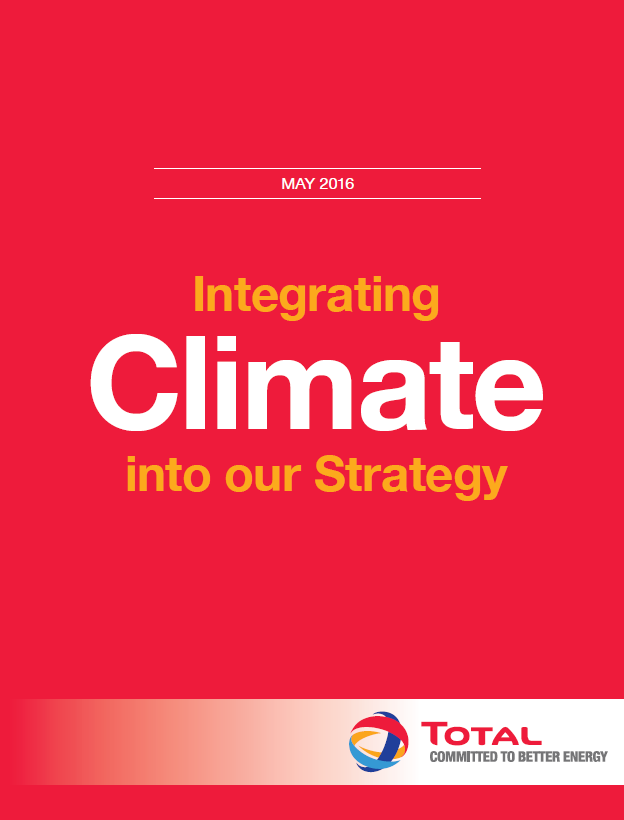by Shelley Welton
On Wednesday, January 10, 2013, Governor Cuomo gave his state-of-the-state message. Much of the message was devoted to examining how the state can recover and learn from Superstorm Sandy. Encouragingly, the governor recognizes that strengthening initiatives to combat climate change is a critical part of the state’s response to rising, warming seas and more severe and frequent storms.
Governor Cuomo emphasized as a centerpiece of his “Responding to the Crisis” strategy that the Regional Greenhouse Gas Initiative’s (RGGI’s) cap on carbon dioxide emissions must be lowered (see our previous posts for background on RGGI). Governor Cuomo framed the issue in extremely positive terms, explaining that RGGI has worked so well in reducing emissions that its cap is now too high. A more nuanced, historical explanation is that RGGI’s cap was set before the economic crisis of 2008 and before the precipitous drop in natural gas prices, such that it was based on predictions of economic growth and high fuel prices that did not come to pass. But however it is explained, it is now clear that RGGI’s cap must be lowered if the Northeast is to meaningfully reduce greenhouse gas emissions through its cap-and-trade program. And as the governor’s message notes, a lowered cap will also provide increased state revenue, since most RGGI allowances are distributed to power plants through auctions. Cuomo estimates that reducing the cap will provide an additional $100 to 150 million in revenue, which can be used to assist the state’s transition to a cleaner energy system and to help strengthen New York’s infrastructure and storm response capabilities.
Governor Cuomo’s support for a lower RGGI cap is important and encouraging, but New York cannot unilaterally effect this change in RGGI. Because RGGI is a collaboration among nine northeastern states, established through a voluntary memorandum of understanding, each state will have to separately approve lowering of the cap. In some states RGGI participation has proven a controversial issue, with New Jersey recently withdrawing from the program and New Hampshire narrowly avoiding withdrawal. RGGI is currently completing its scheduled 2012 program review, which should include a decision on whether to pursue a lower cap through amendments to each participating state’s laws and/or regulations. Hopefully, Governor Cuomo’s decision to publicize his support of a lowered cap will help nudge other state leaders in the same direction.
In addition to calling for RGGI’s cap to be lowered, the governor announced plans for creating a new $1 billion NY Green Bank. This bank, to be modeled on Connecticut’s newly created Clean Energy Finance and Investment Authority, would aim to leverage public dollars devoted to energy efficiency and renewable energy with a private-sector match. The governor hopes that this fund will help put New York on track to achieve its ambitious clean energy goals, for which public spending alone has proven inadequate. This innovative financing mechanism could prove another important step forward in helping New York to mitigate its climate contributions.
Of course, to avoid more Sandy-like storms in the future, we can only hope that New York’s leadership by example will spur more concerted federal and global action. In any event, Cuomo’s announcements are commendable steps in the right direction.


